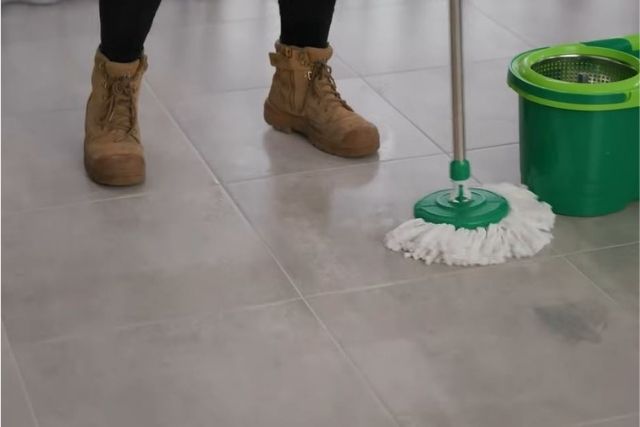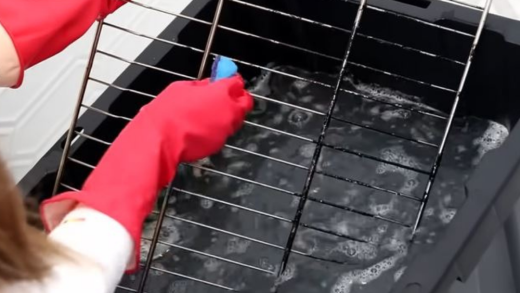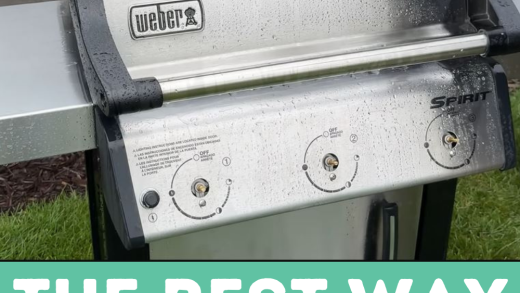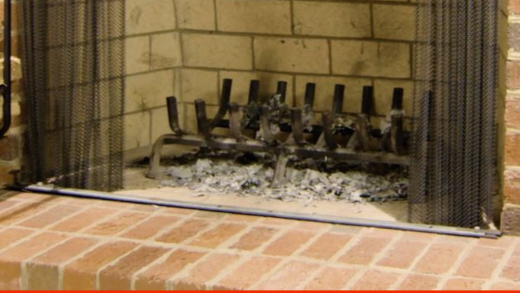A clean kitchen or bathroom isn’t really clean until you scrub the floors. You don’t have to do it every time you clean the counters. If you learn the right way to clean tile floors and check for dirt regularly, you can stop them from getting too dirty.

If your floors look cloudy or the grout is dirty, they need more than just a quick sweep. Use the right cleaning method for your type of tile, since different tiles need different cleaners and mops. This guide will show you how to clean any kind of tile floor.
How to Clean Tile Floors of All Types
Just like you wouldn’t use the wrong cleaner on a fridge, you need the right cleaner for your tile. Tile floors are strong, but each type needs its own care. Ceramic and porcelain are easy to clean, but rough tiles like limestone, slate, marble, and granite need special attention and products made for them.
How to Clean Tile Floors Made of Ceramic and Porcelain
Ceramic and porcelain tiles are tough and easy to care for. Just follow these simple tips to keep them shiny and clean.
- Sweep or vacuum your tile floors often to keep them looking nice. Even though ceramic tiles don’t get dirty easily, sand and grit can make them lose their shine.
- Clean your tile floors with mild soap and clean water using a rag or soft mop like a chamois. Avoid sponge mops because they push dirty water into the grout lines, making them harder to clean.
- Watch for stains on your tile. If you see a discolored spot, try to figure out what caused it. Then use the right cleaner to remove it effectively.
- Check for soap build-up. If your tiles look cloudy after cleaning, there may be leftover soap. Clean it with a gentle all-purpose cleaner. For ceramic or porcelain tiles, you can also use a homemade mix with mild acid like lemon juice — but don’t use this on stone tiles.
- Dry the tiles right away. Don’t let glazed tile floors dry on their own — the water can leave spots. Use a clean, lint-free cloth to dry them right after cleaning.
How to Clean Tile Floors Made of Stone
Be gentle with natural stone tiles like slate, granite, or marble. Regular cleaners can harm them, so use products made for stone surfaces when cleaning these types of tile floors.
- Slate Tile: You may also use a mild detergent on slate tiles, as long as it doesn’t contain acidic properties, like lemon or vinegar. If your slate tile is coated, avoid water spots by drying the tile right away with a soft towel.
- Marble Tile: Marble looks beautiful but needs careful cleaning. Don’t use anything acidic like lemon or vinegar—they can damage the surface. Also, avoid rough brushes or scrubbing powders that might scratch the tile.
- Granite Tile: Clean granite tiles with mild, pH-neutral soap—just like slate and marble. Strong cleaners can leave marks or fade the color. If the floor is shiny, buff it to keep it looking bright and clean.
How to Clean Resilient Tile Floors
Resilient tile—like linoleum, vinyl, cork, and rubber—is soft under your feet and easy to care for.
- Vinyl Tile: Vinyl floors are very strong and easy to clean. Just sweep or vacuum, then mop with a vinyl cleaner or a mix of water and vinegar. Don’t use rough cleaners or scrubbers—they can scratch the surface.
- Linoleum Tile: People often confuse linoleum with vinyl, but it’s a different material and needs special care. After sweeping or vacuuming, clean it with a linoleum cleaner or a mix of borax and water. Rinse it well and let it dry. To keep it looking good, wax and buff the floor every 3 to 6 months.
- Cork Tile: How you clean cork tiles depends on their finish. Most cork floors are sealed with polyurethane. If so, clean them with water and mild soap or vinegar, then rinse well. If the cork is unfinished or has wax, clean the same way, but add a layer of solid or liquid wax after the floor dries.
How to Clean Tile Grout
The key to a beautiful tile floor is clean grout. Grout soaks up grease and stains easily, so it can be hard to keep clean. Here’s how to make it look fresh again.
- Make your own grout cleaner. You don’t need store-bought products—just mix baking soda and water into a paste.
- Scrub the grout. Put the paste on the stain and leave it overnight. In the morning, scrub it with a firm nylon brush (don’t use metal—it can damage the grout). Do it again if needed.
- Seal the grout. Use a silicone-based sealer to help protect it from future stains. For best results, apply it 10 to 14 days after the grout is put in or fixed.
People often debate using steam cleaners to deep clean grout. Some think it’s a good way to freshen up dirty tile, but others say it can harm grout over time. If your grout is in good shape and sealed, steam mops usually won’t cause problems. But on older floors or damaged grout, steam can make things worse—causing holes or fading. Using steam too often may also raise the risk of damage.
How Often to Clean Tile Floors
To keep your tiles clean and shiny, clean them regularly with both dry and wet methods.
- Dry cleaning: Sweep or vacuum your tile floors at least once a week, or whenever you see or feel dirt. A soft vacuum attachment works well on all tile types, but it might not reach corners. Use a small broom and dustpan to clean those areas.
- Wet cleaning: Mop your kitchen tile every two weeks and your bathroom tile once a week, since bathrooms collect more germs. Also, clean your grout every few months or whenever it starts to look dirty.


